“Parma 360 Festival of contemporary creativity” fully focuses on the nature that inspires it: “Homo Deus” is the title that accompanies the eighth edition of this festival, offering an in-depth look at the horizons that new technologies can open up on our physical and creative world. Curated by Chiara Canali and Camilla Mineo and organized by the associations 360° Creativity Events and Art Company, the event opens up to the visitor a very successful contamination between artisanal and hyper-technological art forms. There are six locations which, in the heart of the city, accompany the art enthusiast into even new cultural spaces.
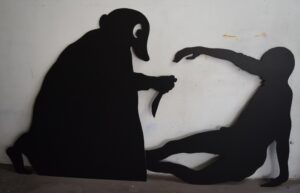
Piero Gilardi, “Teatro Barsaloy”, 1985, 225 x 135 cm, courtesy Galleria Giraldi, Livorno
It is a duty to begin the journey from “Survival”, the retrospective hosted in the eighteenth-century Palazzo Pigorini which pays homage to Piero Gilardi, a leading figure in environmental art (and not only) who, in unsuspecting times, questioned the anthropocentric and technological impact on nature. Gilardi was also an artivist (this is not a typo) capable of animating, with first-person militancy, the debate on the role of the artist in everyday life and on his commitment to intercepting the requests coming from society. The retrospective shows us how the artist explored nature and technology, thanks above all to his works made in expanded polyurethane which put the observer in front of 1:1 reproductions of portions of plant nature. The itinerary dedicated to Gilardi is made up of around twenty works, among which are truly exciting, in an interactive key, “Scoglio bretone” (2001) and “The perfect storm” (2017), installations that invite reflection on the consequences of man and nature, technologies and resources.
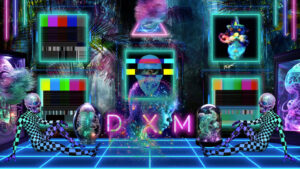
Domenico Barra, “Deus Ex Machina | Liquid Dream”, 2023, video composting animation, databending, StyleGAN, IA Generativa. Soundscape/audio: Guido Molea, AI generative sound composition
If with Gilardi we are still in the pre-AI era, the immersion in artificial intelligence is full with the section “The artwork in the AI era“, thanks to a collective of twenty artists, partly hosted on the second floor of Palazzo Pigorini, while others are located in the Torrione Visconteo. If the title of the entire event, “Homo Deus”, is an explicit reference to the homonym essay by Yuval Noah Harari (published in 2015), the title of this section refers, paraphrasing it, to the 1935 essay by Walter Benjamin which, nine decades ago, questions were already being raised about the impact of early 20th century technologies on the creativity and diffusion of art. Very interesting, also in this case, with very advanced results on a technical level, is the contamination between more classic artistic media such as mosaic, installation or sculpture and the use of new digital technologies, thanks to which one immerses oneself in a iconographic journey with implications that in some cases are also surprisingly poetic. The message of this section comes upon us with its load of human restlessness, genius and fascination for novelties that will be increasingly familiar.
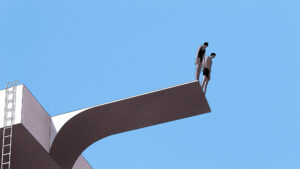
Bianca Bagnarelli, “Relationships. TheAtlantic”
A dive into art with a still twentieth-century flavor is certainly that of the “The Space Between” section. Thanks to four illustrators, the hand and its gesture become predominant again: we are faced with a true praise of slowness and silence which gives us back an ancient craftsmanship, imbued with poeticity, a taste for delicate paradox, for escape routes from suffocating presence of technologies. The space is that of the open laboratory of the San Paolo Complex and the atmosphere you breathe is made of figures and signs on paper in which we fully recognize ourselves and which removes us from the visual din of the contemporary image.
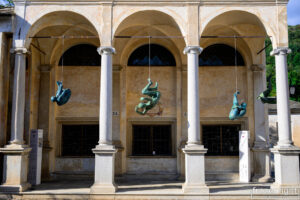
Emanuele Giannelli, “Sospesi”, installation view at Sacro Monte di Varallo (VC). Parco UNESCO. Borderline Arte Festival. Agosto 2023
Another monograph is the one dedicated to Emanuele Giannelli, with his recent sculptures on the theme of the “Humanoid”, with a half-human and half-technical nature. Proof of this is “Mr. Arbitrium”, a powerful and Herculean sculpture that supports the architraves of our cultural heritage, in this case the facade of the Sanctuary of San Francesco al Prato, because the humanus, even in such a technological era, cannot and must not collapse. But it is above all in the deconsecrated Church of San Ludovico that the message of the Roman artist (and also the solo show dedicated to him) is shown with greater awareness. The man and the apes are depicted very clearly, yet one has the sensation that what one sees could represent a near future (or a creeping and already ongoing present). The contamination between tremendously human bodies and the technological prostheses that allow us to see a ‘metareality’ is complete: is it worth opposing an ineluctable destiny, as the figures in the “Suspended” installation do who attempt to rebel against Earth’s gravity? Will we maintain our peculiar identity or will we be encrypted (it has already happened inhumanely) with alphanumeric serial codes? Until May 19th, in the historic center of Parma, there is the opportunity to question these issues.
Giovanni Crotti
Info:
AA. VV: Parma 360 Festival della creatività contemporanea
curated by Chiara Canali, Camilla Mineo, 360° Creativity Events and Art Company
06/04 – 19/05/2024
Parma, various locations
Complete list of artists:
“Survival”: Piero Gilardi
“L’opera d’arte nell’epoca dell’AI”: Antonio Barbieri, Domenico Barra, Davide Maria Coltro, Andrea Crespi, Giuliana Cunéaz, Debora Hirsch, Nick Landucci, Giuseppe Lo Schiavo, Manuel Macadamia, Vincenzo Marsiglia, Mauro Martino, Angelo Demitri Morandini, Max Papeschi con Michele Ronchetti, Chiara Passa, Giuseppe Ragazzini, Martin Romeo, Svccy and Luca Pozzi, Kamilia Kard e Lino Strangis
“The Space Between”: Emiliano Ponzi, Bianca Bagnarelli, Antonio Pronostico and Manfredi Ciminale
“Mr. Arbitrium” e “Humanoid”: Emanuele Giannelli
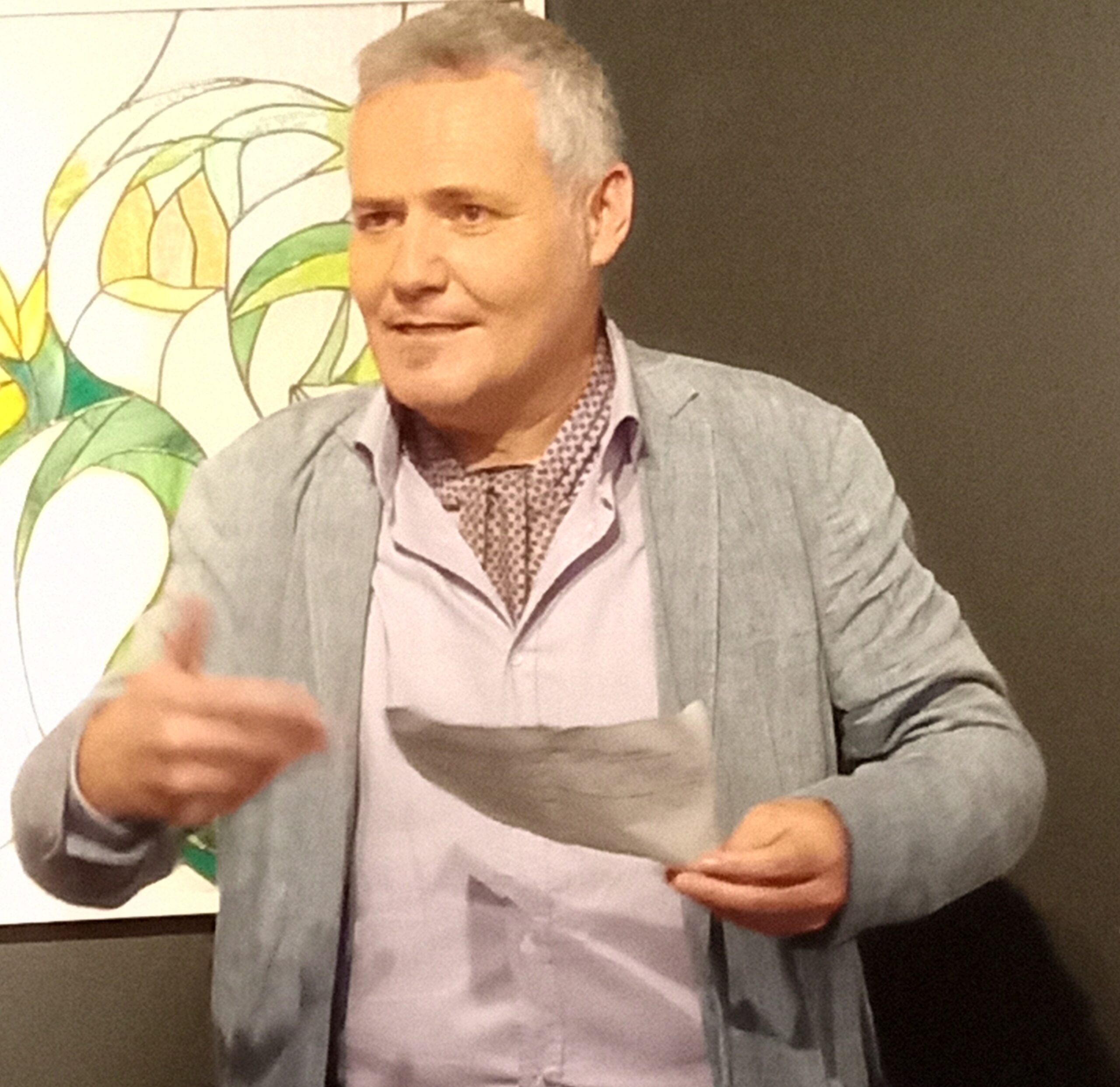
I am Giovanni Crotti and I was born in June 1968 in Reggio Calabria to be reborn in June 2014 in Piacenza, the city where I live. My income is guaranteed by digital consultancy, and I then spend it largely on art and letterature: I have been and am a content curator and organizer of cultural events for artists, galleries and institutional spaces, as well as a writer of exhibition reviews, creatives of every era and books.






NO COMMENT